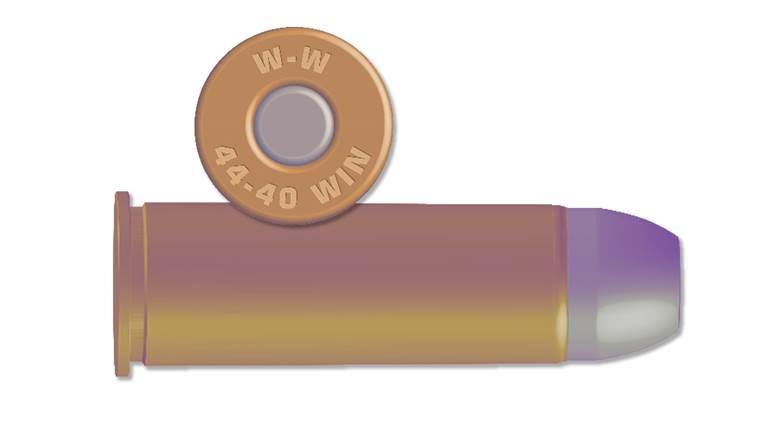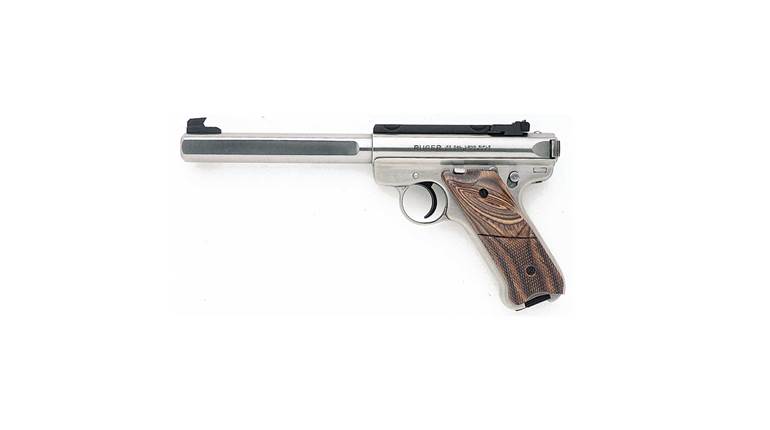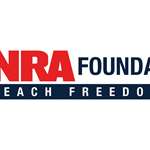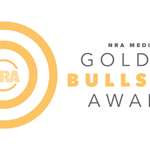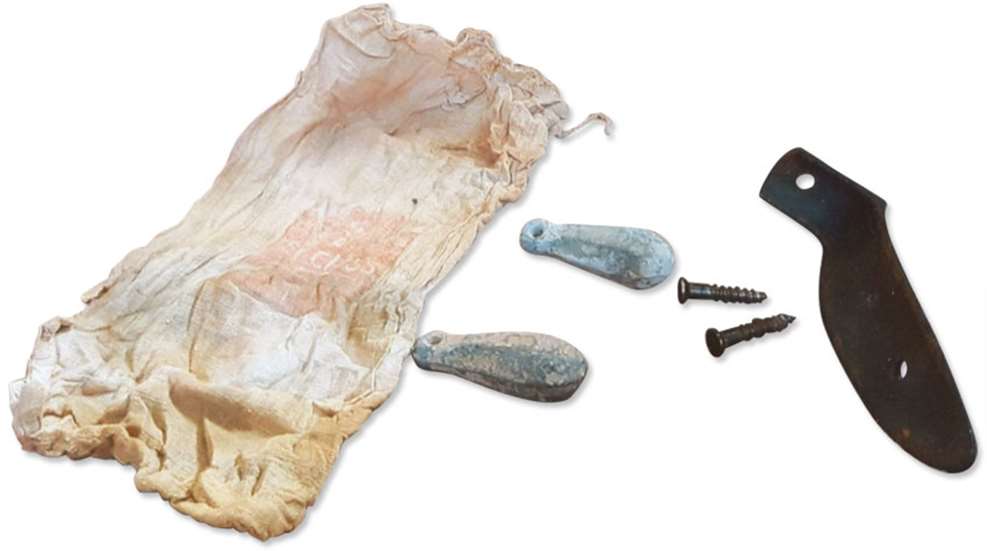
Q: I have a Winchester Model 1892 with Serial No. 426XXX, and it is chambered for .25-20 Win. I recently disassembled the rifle for cleaning and stumbled across an oddity I’d yet to experience with firearms. Behind the buttplate of the stock was a hole drilled into the wood, and inside the hole were two, 3/4-oz. lead sinkers wrapped in a Red Cross Salt bag. What would be the reason for this type of modification?
A: I’ve had the good fortune to spend several decades in the role of gunsmith, and during that period I’ve discovered many interesting—and a few extraordinary—items hidden under buttplates. Most common were hunting licenses (a few actually being historically significant), statements of ownership, letters and even money.
A substantial number of objects consisted of lead, usually shot, but often sheets or small ingots, and, once, evidence of molten lead having been poured into the cavity. In every case the owner claimed to have no knowledge of these items, and, in truth, most of the firearms were quite old and typically shotguns.
It is my opinion that the placement of lead into the butt of the gun was done primarily to lessen felt recoil. Whether it had the desired effect is anybody’s guess, but the laws of physics do support the concept. How much lead is required will depend on the initial weight of the gun and the recoil generated.
The .25-20 Winchester cartridge in a firearm of this size does not produce sufficient recoil to inhibit the vast majority of shooters. I can report from experience that the long-barrel, rifle versions of the Model 92 are very “front-heavy,” at least compared to the carbine versions. In addition, because the bore is decidedly smaller than the larger chamberings, the .32-20 Win. and especially the .25-20 Win., have a balance point considerably further forward. More weight to the rear would improve the balance.
Because the lead weights are certainly not conveniently available, it would seem unlikely that they were placed there for any reason other than dead weight, perhaps simply to make the rifle easier to carry.












